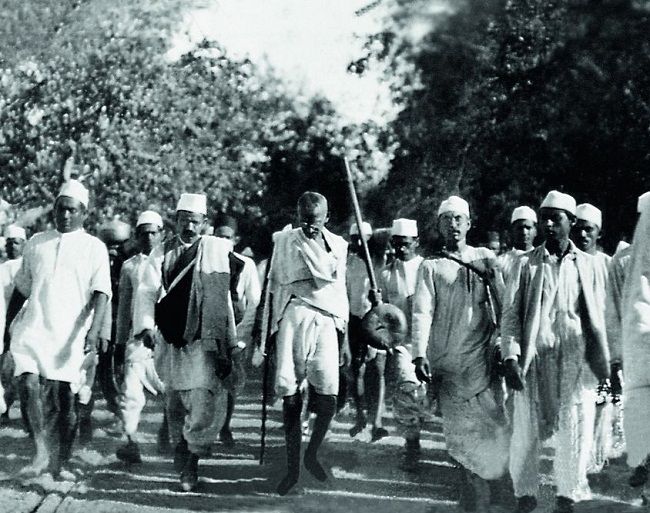
The Idea of Satyagraha StudiousGuy
Updated Sep 20, 2019 | 16:50 IST The greatest success of the movement was that it was non-violent, farmers got apprised about their rights, and the community stood firm on the plea for cancellation of taxes. Mahatma Gandhi and Sadar Patel at the Bardoli Satyagraha. | Photo Credit: BCCL
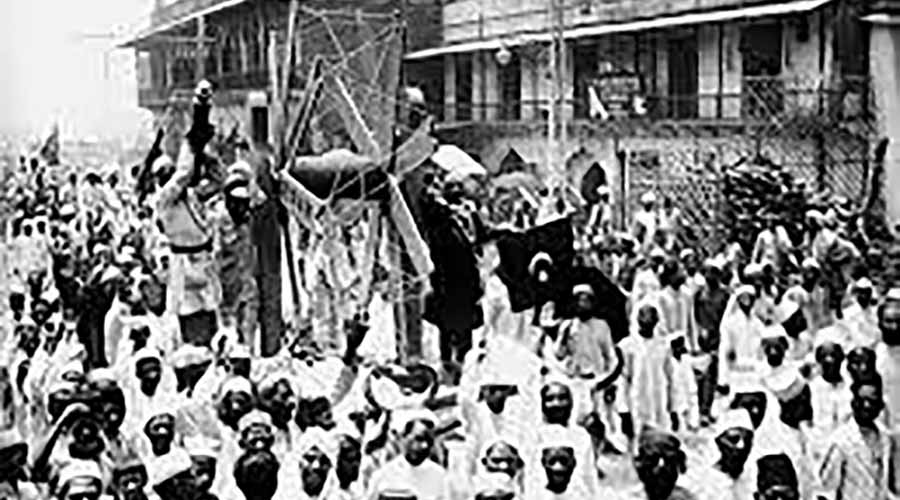
Kheda Satyagraha Background, Causes, Features & Effect
The Kheda Satyagraha marks the beginning of an awakening among the peasants of Gujarat, the beginning of their true political education. The lesson became firmly impressed on the public mind that the salvation of the people depends upon themselves, upon the capacity for suffering and sacrifice. Through the Kheda campaign Satyagraha took firm.

Kheda Satyagraha History, Facts, Impact I Leverage Edu
State: Gujarat During the Kheda Satyagraha of 1918, held in the Kheda district of Gujarat, Sardar Vallabhbhai Patel, who led the movement from the forefront, wrote a series of writings that exhorted the peasants in Kheda to join the movement.
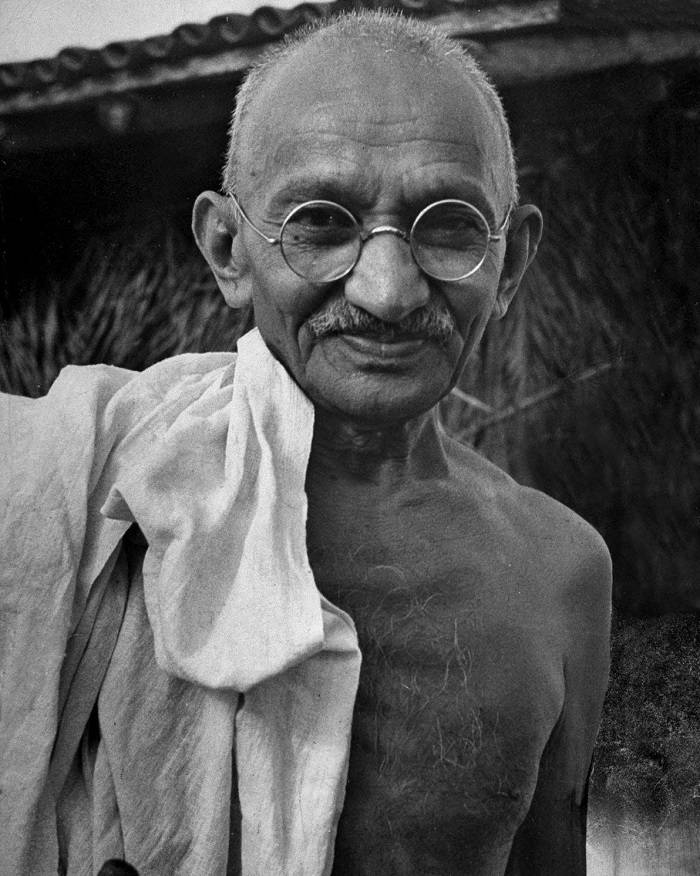
Mahatma Gandhi Biography Facts, Life History, Role in India’s Independence, Assassination An
Yet, ironically, Kheda complicated Gandhi's own understanding of satyagraha. Even as the movement in Kheda was underway, Gandhi attended the War Conference that the Viceroy Lord Chelmsford had.
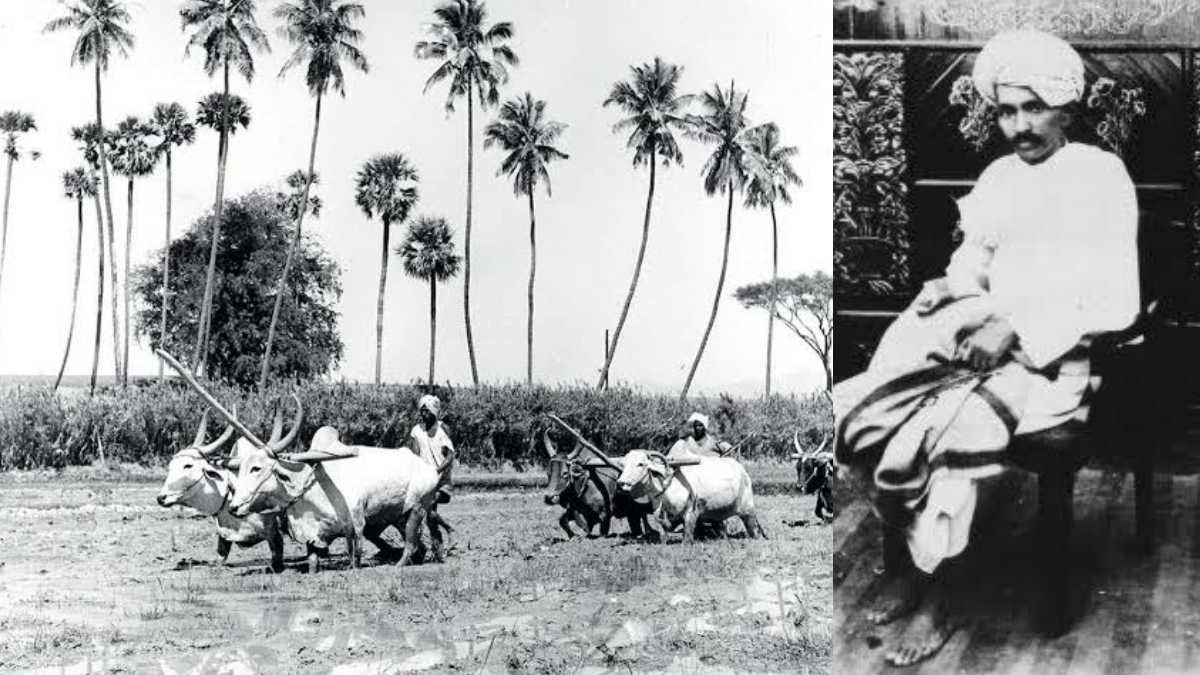
244. Kheda Satyagraha of 1918 Peasant Movement Civil Aspirant
Kheda Satyagraha of 1918 is known to be the first non-cooperation movement led by Mahatma Gandhi. This satyagraha was centred on the peasant-Patidar community of Kheda, who refused to agree to a 23 percent tax hike imposed on them despite a disastrous crop failure and outbreak of plague and cholera. Therefore, option (d) is the correct answer.

Knowledge News kheda satyagraha peasant movement of gujarat during British Rule led by Mahatama
Kheda Satyagraha was launched on March 11, 1918, in Kheda District of Gujarat (the then Bombay province). The movement was initially started by the peasants themselves with the help of a local leader, Mohanlal Pandya. It mainly involved the peasant-Patidar community of Kheda, which later involved the leadership of Gandhi.

Kheda Andolan 1918 AD । Kheda Satyagraha । Kheda Movement । In Hindi । MH Lecture 45 YouTube
Kheda Satyagraha,1918 The farmers of Kheda district in Gujarat were in distress because of the failure of crops. The government refused to remit land revenue and insisted on its full collection. As part of the experiment, Mahatma Gandhi advised the peasants to withhold payment of revenue till their demand for its remission was met.

Kheda Satyagraha খেদা সত্যাগ্রহ
The satyagraha movement in the Kheda district of Gujarat in India was led by Mahatma Gandhi, in which Gandhi agreed to help the peasant movement for income remission in Kheda at the request of local peasant leaders. The movement is known as Kheda Satyagraha or Kheda Andolan or Kheda Movement. Unlike earlier peasant movements, which developed.

Kheda Satyagraha My tribute to gandhi this year Movements by GandhiJI YouTube
This didn't sit well with the peasants. The peasantry experienced frequent hardships like as famines, resource shortages, untouchability, intoxication, and persecution by the British. One of the main reasons for Kheda Satyagraha is famine. There were severe crop failures as a result of the famine, which afflicted the peasantry.
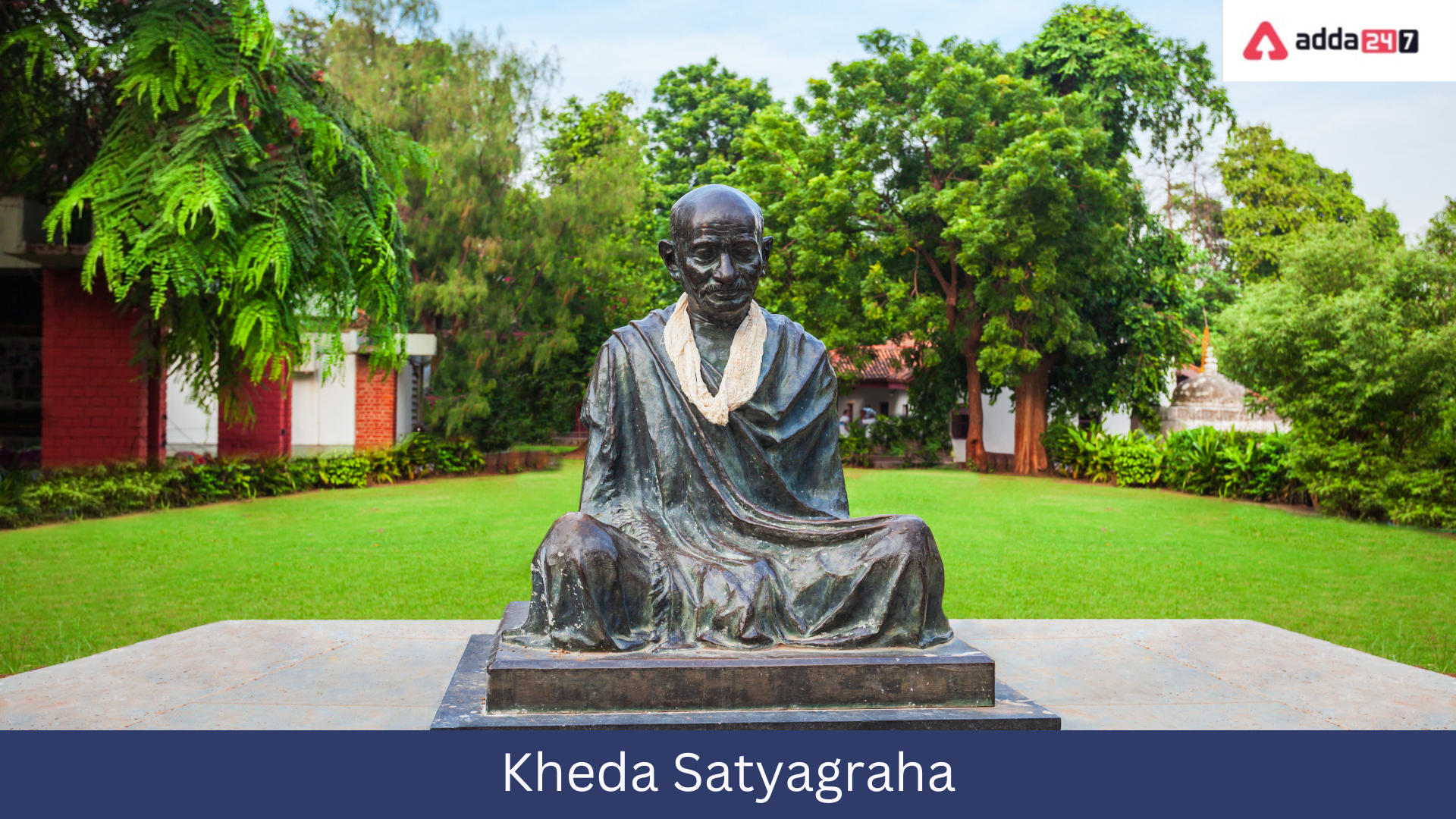
Kheda Satyagraha Andolan, Year (1918), for Class 10 Students
Updated February 14, 2023 About Kheda Satyagraha Mahatma Gandhi led the first non-cooperative movement, the Kheda Satyagraha. This movement was between the British government and the Patidar workers against a 23 percent tax increase. The Kheda Satyagraha took place in Gujarat.

Celebrating the Champaran Satyagraha, a Hundred Years On
The Kheda Satyagraha of 1918 was a satyagraha movement in the Kheda district of Gujarat in India organised by Mahatma Gandhi during the period of the British Raj. It was a major revolt in the Indian independence movement. It was the second Satyagraha movement, which was launched 7 days after the Ahmedabad mill strike.

L13 Mahatma Gandhi (rise of Gandhi) Champaran, Ahmedabad and Kheda Satyagraha UPSC CSE 2020
Khedha Satyagraha, also known as the Kheda Satyagraha, was a significant episode in India's struggle for independence from British colonial rule. It took place in the Kheda district of Gujarat in 1918. It was initially led by the farmers themselves and then by Sardar Vallabhai Patel and Mahatma Gandhi. The satyagraha was a nonviolent protest.

Rowlatt Act and Jallianwallah Bagh Massacre 1919
Millions of high-quality images, video, and music options are waiting for you. Custom Content Tap into Getty Images' global scale, data-driven insights, and network of more than 340,000 creators to create content exclusively for your brand .

Mahatma Gandhi during the Kheda Satyagraha in 1918. Gandhi, Mahatma gandhi, Indian history
State: Gujarat The Kheda district in Gujarat was the site of a remarkable peasant satyagraha in 1918. This satyagraha, along with those at Champaran and Ahmedabad, is often credited with the launch of Gandhiji's political career in India. The population of Kheda was mainly comprised of peasants belonging to the Kanbi-Patidar communities.

Indian National Movement The Journey towards Freedom INDIA
The famous satyagraha movement includes - Champaran Satyagraha, Ahmedabad Mill Strike and Kheda Satyagraha. This article will provide you with NCERT notes that are useful for other competitive exams also like banking PO, SSC, state civil services exams and so on. Mahatma Gandhi's Early Movements (UPSC Notes):- Download PDF Here
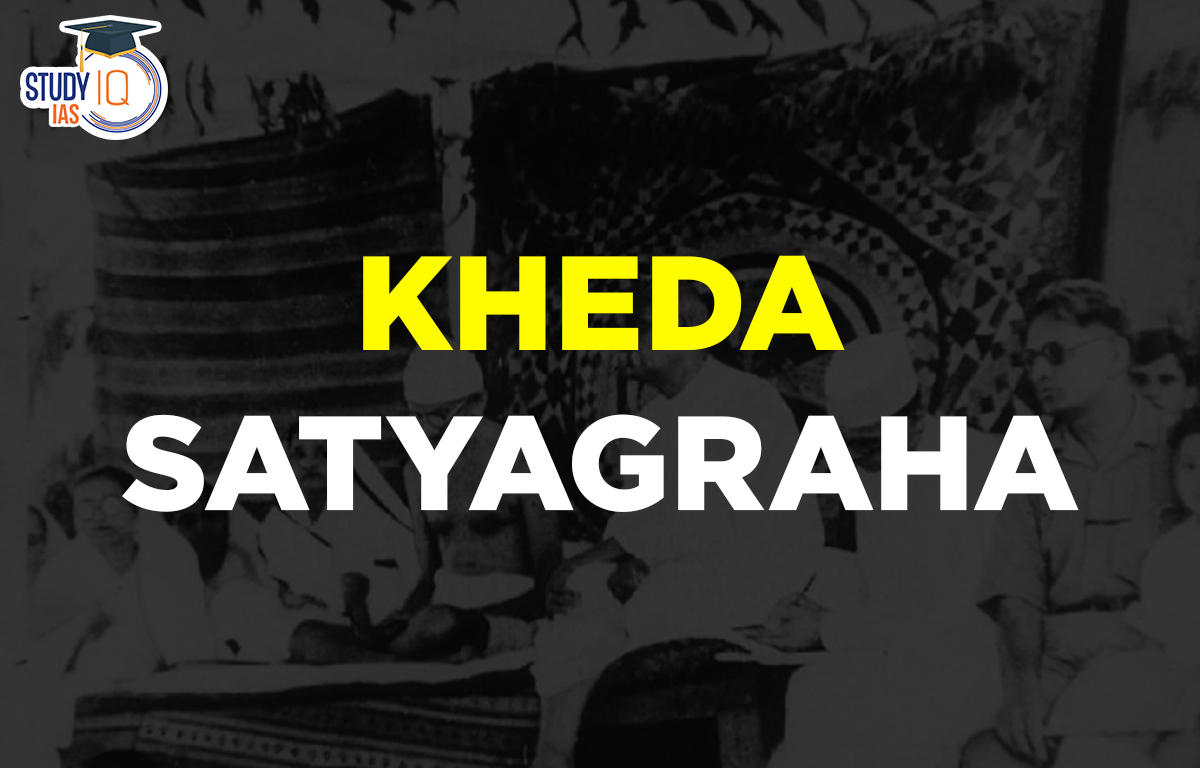
Kheda Satyagraha 1918, Date, History, Features and Effects
It was on March 11, 1918, just four days after the great mill strike in Ahmedabad, which led Bapu to sow the seeds of the nonviolent movement in the country. The Kheda Satyagraha was principally.